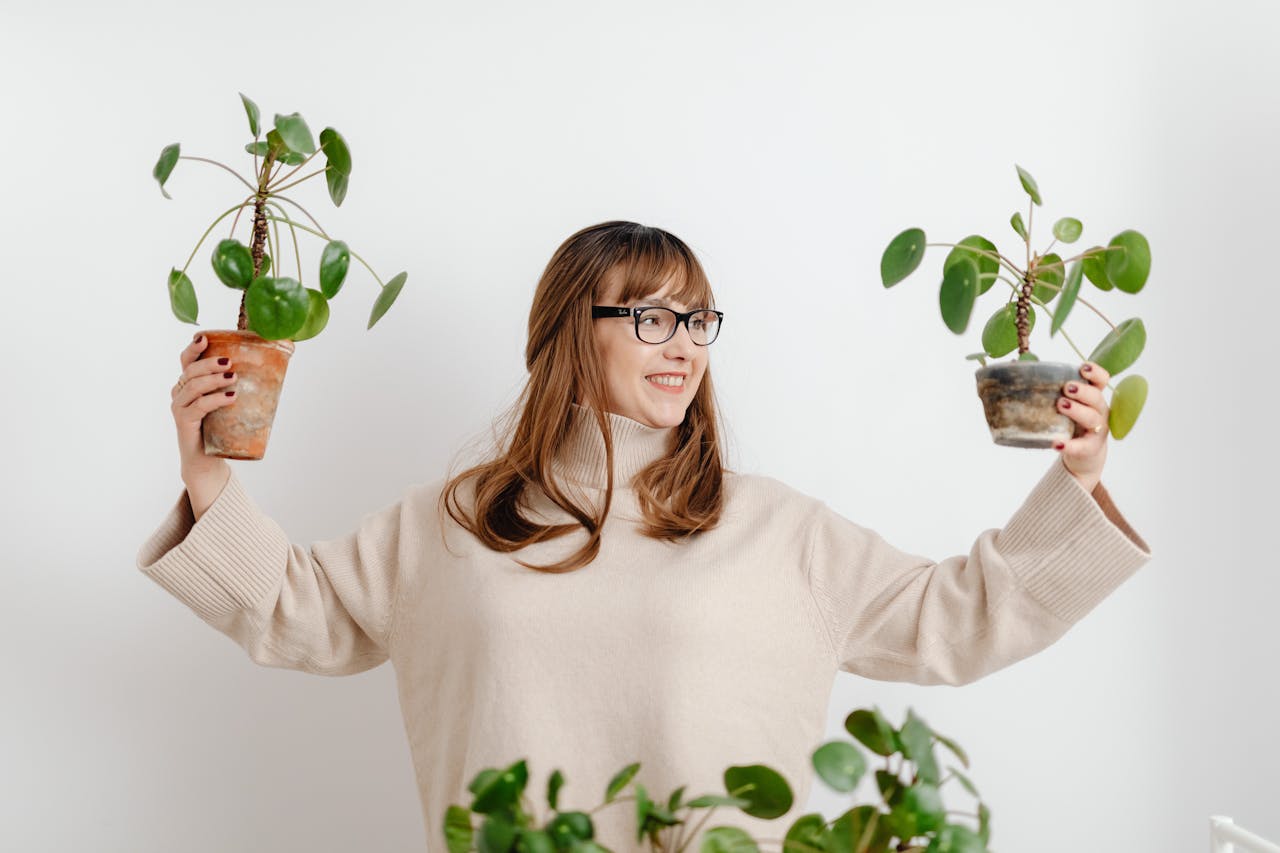Summer is a time of abundant sunshine and warm weather, perfect for outdoor activities and enjoying the beauty of nature. However, for indoor plants, the intense summer sun can pose a significant threat. Just like human skin, plant leaves can suffer from sunburn, leading to damage that affects their health and appearance. Protecting your indoor plants from summer sunburn is crucial to maintaining their vitality. In this article, we’ll explore effective strategies to shield your indoor plants from the harsh summer rays.
Understanding Sunburn in Indoor Plants

Sunburn in plants occurs when they are exposed to intense, direct sunlight for prolonged periods. This condition can cause leaves to develop brown or white patches, become crispy, and eventually fall off. Unlike outdoor plants that gradually adapt to changing light conditions, indoor plants are more sensitive to sudden increases in sunlight.
Signs of Sunburn in Indoor Plants
Identifying sunburn in your indoor plants is the first step in providing proper care. Here are some common signs to look out for:
- Brown or White Patches: These appear on the leaves, typically on the side facing the light source.
- Crispy Edges: The edges of the leaves become dry and brittle.
- Drooping Leaves: Leaves may droop or wilt due to excessive heat and light.
- Leaf Drop: Severely sunburned leaves may fall off the plant.
Also Read- How To Create A Vertical Garden With Indoor Plants
How to Prevent Sunburn in Indoor Plants

1. Choose the Right Location
The placement of your indoor plants plays a crucial role in protecting them from sunburn. Here are some tips:
- Indirect Light: Place your plants where they receive bright, indirect light. East-facing windows are ideal as they provide morning sunlight, which is less intense.
- Distance from Windows: Keep your plants a few feet away from south or west-facing windows, where the afternoon sun can be harsh.
- Use Sheer Curtains: If you can’t move your plants, use sheer curtains to diffuse the sunlight and reduce its intensity.
2. Gradual Acclimation
If you plan to move your indoor plants to a brighter location for the summer, do so gradually. Sudden exposure to increased light can shock the plants and lead to sunburn.
- Start Slow: Begin by placing the plants in their new spot for a few hours each day, gradually increasing the time over a week or two.
- Monitor the Plants: Keep an eye on the plants for any signs of stress or sunburn during the acclimation period.
3. Use Plant Shades
Creating shade for your indoor plants can effectively prevent sunburn.
- Move to Shaded Areas: Temporarily move your plants to shaded areas of your home during the peak sunlight hours.
- Create Artificial Shade: Use materials like cloth or paper to create temporary shades over your plants. Ensure there’s still adequate light for photosynthesis.
4. Adjust Watering Schedule

Summer heat increases evaporation, meaning your plants may need more water. Proper hydration helps them cope with increased light and heat.
- Consistent Watering: Keep the soil consistently moist but not waterlogged. Water thoroughly when the top inch of soil feels dry.
- Humidity Trays: Place humidity trays filled with water and pebbles near your plants to maintain moisture levels in the air.
5. Use Reflective Surfaces
Reflective surfaces can help redirect sunlight away from your plants.
- Reflective Screens: Position reflective screens or mirrors to bounce sunlight away from the plants.
- Aluminum Foil: Use aluminum foil on window sills to redirect sunlight away from the plants.
6. Monitor and Rotate Plants
Regularly monitoring and rotating your plants can prevent one side from receiving too much light.
- Check Weekly: Inspect your plants weekly for signs of sunburn or stress.
- Rotate: Rotate the plants a quarter turn each week to ensure even light distribution.
7. Choose Sun-Tolerant Plants
If you have a particularly sunny spot in your home, consider choosing plants that can tolerate higher light levels.
- Sun-Tolerant Varieties: Plants like succulents, cacti, and certain types of ferns are more tolerant of direct sunlight.
- Mix and Match: Create a plant arrangement with sun-tolerant plants in the sunny spots and more sensitive plants in shadier areas.
Treating Sunburned Plants
If your plants do get sunburned, take immediate action to prevent further damage.
- Move to Shade: Relocate sunburned plants to a shaded area to prevent further exposure.
- Trim Damaged Leaves: Use clean, sharp scissors to remove sunburned leaves. This prevents the plant from wasting energy on damaged parts.
- Hydrate: Ensure the plant is well-watered and consider misting the leaves to increase humidity.
Also Read- Tips For Moving Your Indoor Plants To A New Home In Summer
Conclusion
Protecting your indoor plants from summer sunburn involves a combination of proper placement, gradual acclimation, and regular monitoring. By providing the right amount of light, water, and care, you can keep your indoor plants healthy and vibrant throughout the summer. Remember, each plant species has unique needs, so understanding those requirements is key to preventing sunburn and promoting overall plant health. With these tips, your indoor garden can thrive even in the hottest months of the year.













Leave a comment
This site is protected by hCaptcha and the hCaptcha Privacy Policy and Terms of Service apply.